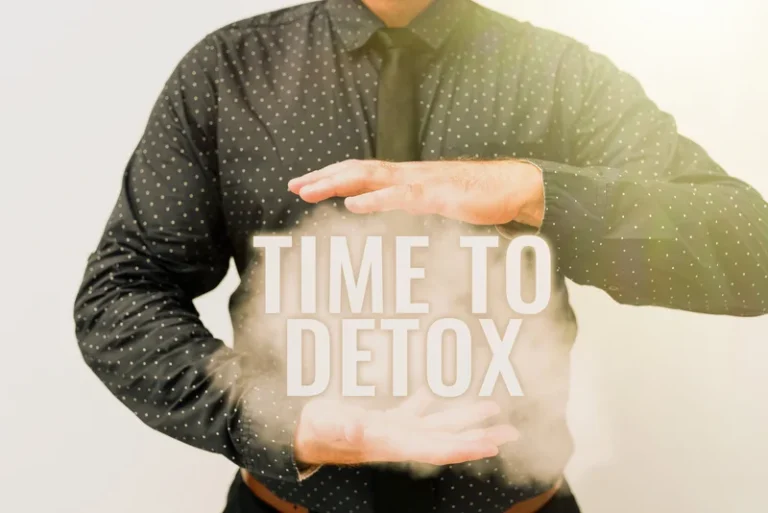
Next, he or she must undergo a detoxification process, followed by long-term abstinence and rehabilitation. A team of professionals is often needed to treat the alcohol-dependent person. Only a licensed healthcare professional can diagnose what medical condition is causing your easy bruising. When you have easy bruising you may experience large bruises that take longer than the average of one week to heal.
When to contact a doctor

Sometimes, bruising after drinking occurs because of the fact that alcohol dilates the blood vessels. When blood vessels are dilated, you’re more likely to experience a bruise after bumping into something. This effect may explain why you’re waking up with bruises after drinking. Even if you aren’t experiencing severe health bruising and alcoholism problems like cirrhosis from alcohol, seeking early treatment can prevent an alcohol use disorder from progressing and causing severe complications. If alcohol begins to interfere with daily functioning, but you have been unsuccessful with giving up drinking, seeking treatment can help you to stay committed to recovery.
Recovering From an Alcohol-Related Heart Attack
Alcohol use speeds up the liver’s destruction, reducing the liver’s ability to compensate for the current damage. Drinking a large volume of alcohol can cause fatty acids to collect in the liver. Sometimes, heavy drinking over a short period, even less than a week, can cause this. Cirrhosis is considered end stage liver disease as it cannot be reversed and can lead to liver failure. Cirrhosis is further categorized as compensated and decompensated.
More about In 1947 Child Abuse Prevention And Treatment Act
- Even though alcoholic neuropathy may not go away, there are things you can do to cope with this condition.
- After all, studies have shown that almost 50% of adults wish to reduce their intake without giving up alcohol altogether.
- Doctors may also recommend weight loss and quitting smoking as excess weight and smoking have both demonstrated a role in worsening alcoholic liver disease.
- When you have easy bruising you may experience large bruises that take longer than the average of one week to heal.
- On average, 1 in 3 people with the most advanced stage of liver disease and cirrhosis are still alive after 2 years.
This can be an outcome of advanced-stage liver disease and often means that a liver transplant is the only option for prolonged survival. A liver transplant is a complicated procedure that depends on a donor’s availability. Cognitive behavioral therapy (CBT) and medications called benzodiazepines can ease withdrawal symptoms in a person with alcohol dependency. People with severe alcohol dependency may stay at an inpatient rehabilitation facility for closer monitoring.

You’ll want to find a rehab center that has medically-supervised detox capabilities so that you can comfortably and safely detox from alcohol. There are inpatient and outpatient options, but an addiction specialist should determine the best level of care for you based on your individual needs. Effective addiction treatment providers will have addiction counselors, but they should also have mental health services as many people with alcoholism have co-occurring mental health conditions. With so many effects on the body, the usual first step in treating alcoholism is detox—or getting alcohol out of your system. Depending on the severity of the alcohol use disorder, this stage can be mildly annoying or severe. Early withdrawal symptoms include headaches, anxiety, nausea, irritability and shaking.
- Treatment of liver disease depends on the cause, but generally involves avoiding alcohol and not taking any medications that could do more damage to the liver.
- Hemophilia involves low levels of blood clotting factor VIII (hemophilia A) or factor IX (hemophilia B).
- Reducing weight if you’re overweight, eating a healthy diet, and regular exercise can help someone with early ALD who has stopped drinking decrease their risk of advanced liver disease.
- However, there is insufficient evidence to establish any correlation between alcohol abstinence and improved outcomes in patients with OAG.
- Only a couple of drinks can cause vasodilation of blood vessels close to the skin, leading to potential bruising if you bump your body against a hard surface.
- People taking medication who notice an increase in bleeding or bruising should consider asking a doctor whether their medication can cause bleeding.
- Increased awareness of such a risk factor may help modify your attitude toward alcohol consumption.
- On dark skin tones, purpura may appear purple or as darker skin.
The median life expectancy from this point is 10 to 12 years. In these cases, treatment focuses on preventing further damage and treating other factors that can make the disease worse, such as infection and malnourishment. Alcoholic hepatitis occurs when the liver becomes damaged and inflamed. Symptoms include fever, jaundice (yellowing of the skin), malnourishment, swelling, and accumulation of fluid around the liver. The NIAAA also notes that nearly one out of four adults in the U.S. have reported binge drinking in the past month.
Bruises commonly develop on the arms and legs, as these sites are susceptible to injury (such as bumping into furniture). When a serious bleeding disorder is ruled out, we’re happy to provide reassurance,” she says. When the cause of bruising is unclear, your doctor will likely order blood work to check for platelet problems or other blood clotting abnormalities. Unfortunately, once a bruise has formed, not much can be done to treat it.
Careers – Join Our Team


